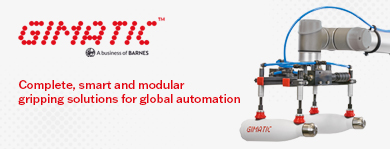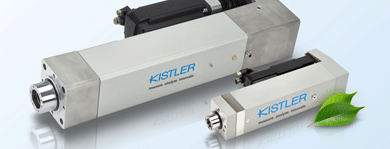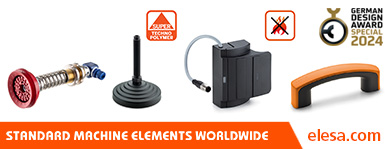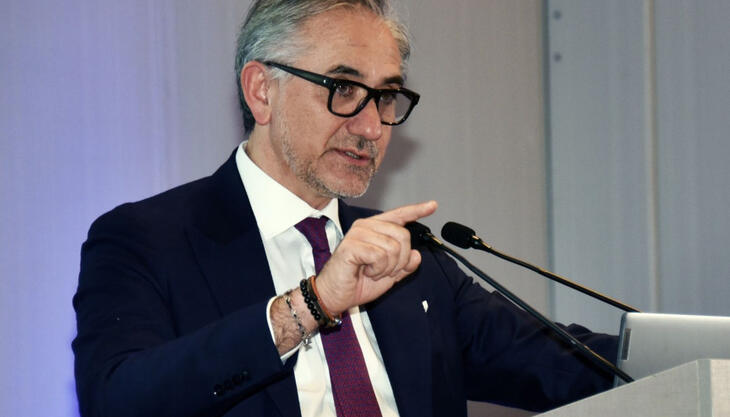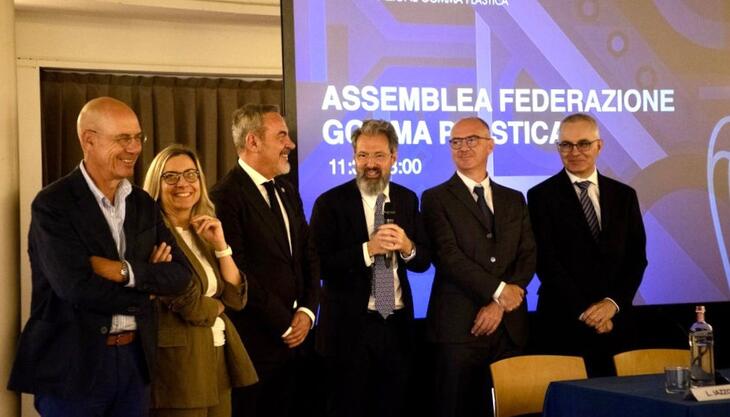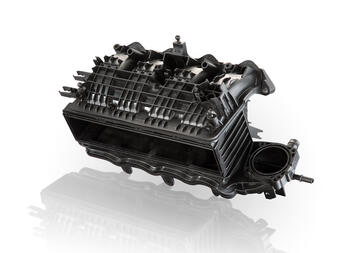
Thanks to the Basf’s hydrolysis-resistant PBT (polybutylene terephthalate) Ultradur HR and Basf’s know-how in ultrasonic welding, the company Rosenberger has managed to develop a new type of carrier for hall effect sensors. It combines the housing and printed circuit board in one component and is injection-moulded in a single, fully automated production step. A PET membrane, which is welded into the housing, provides the pressure compensation required in the event of climate changes. When combined with the Basf PBT that is resistant against air humidity, the service life of the component is thus extended. The carrier completes the control gearbox; the welded hall effect sensor measures the position of the valve in the exhaust gas recirculation. The whole component is mounted as a cover on exhaust gas recirculation modules which are fitted as standard in many automobiles in Europe. Materials used for exhaust gas recirculation modules (EGR) have to withstand high thermal, mechanical and chemical loads and must therefore be highly creep and corrosion resistant. Ultradur B 4330 G6 HR (HR = hydrolysis resistant) is noted for its high resistance to hydrolysis in damp-warm environments and thus extends the service life and tightness of the component considerably - including in the temperature range from - 40 to 140°C which is demanded by automotive manufacturers as a result of an ever more compact design in EGR and the engine compartment. Ultradur B 4330 G6 HR also shows a substantially increased resistance to alkaline media, which trigger stress corrosion cracking. The plastic can be processed without any problems. The sensor cover measuring 10x8 cm is extremely tight, particularly because of the single-stage injection-moulding process and the unique design. The printed circuit board is inserted into the mould for the housing and fixed in place so that it can be overmoulded without any external holding-down devices. This avoids weld lines which could leak in the event of fluctuations in temperature or air pressure. However, as these climate variations are unavoidable and trigger pumping effects in the housing, a thin PET membrane is welded into the sensor cover. The membrane, which has a diameter of around 1.3 cm, is attached to the PBT housing by ultrasonic welding. It is permeable to air, but water-tight and thus provides the required pressure compensation. “Ultrasonic welding with this material combination is high-precision work: Basf’s outstanding expertise helped us to fine-tune the complex welding and establish a stable process for serial production”, says Axel Gutzmer, operations manager at Rosenberger Spritzguss und Formenbau. “Together with the tailor-made plastic for the housing, we thus managed in a short development time of just twelve months to successfully produce the sensor cover and meet the automotive manufacturer’s specifications for leaktightness and process reliability”. The combination of housing, connector and conductor tracks could previously only be produced in a multi-stage, complicated injection-moulding process: first the conductor tracks were separately overmoulded with plastic and then placed in another mould which is used to manufacture the entire housing component. In order to ensure that the conductor tracks do not shift in this injection-moulding process, they were generally secured with external holding-down devices. Basf offers several HR-modified Ultradur grades, with 15% or 30% glass fibre reinforcement as well as impact-modified, laser-markable or flame-retardant. Typical applications can be found primarily in automotive electronics, e.g. housings of control units, connectors and sensors.







